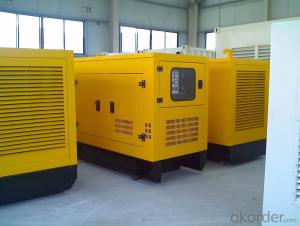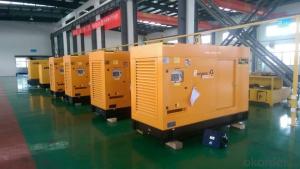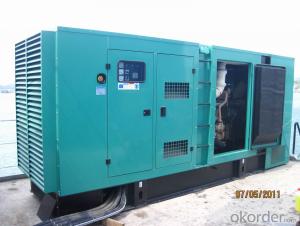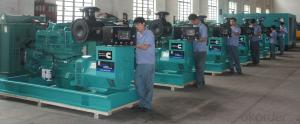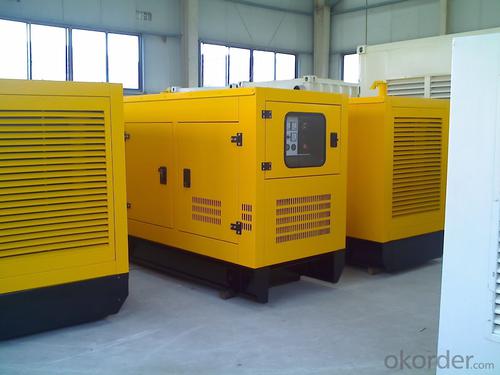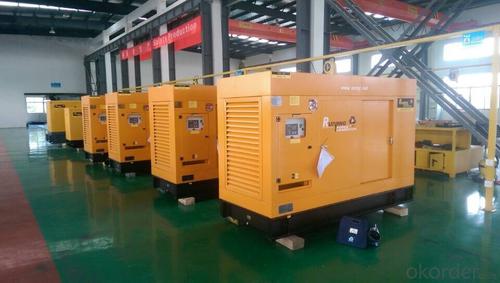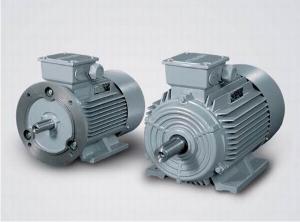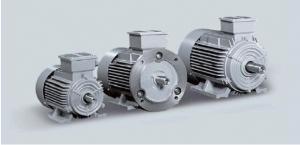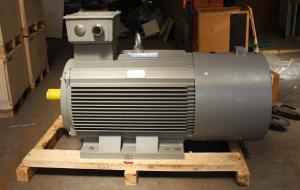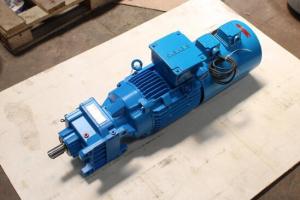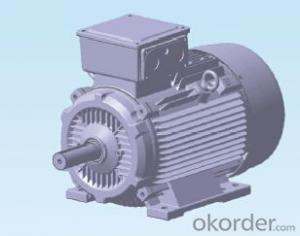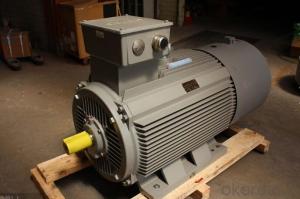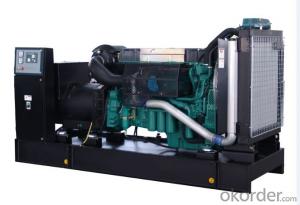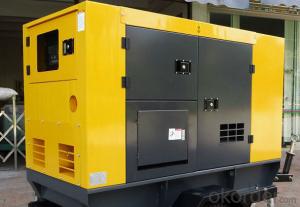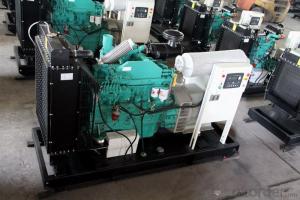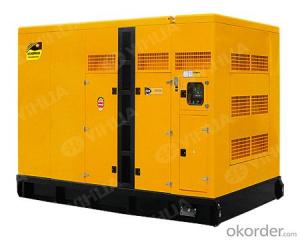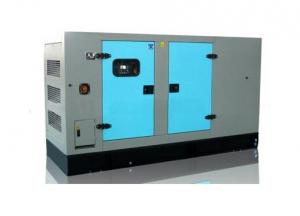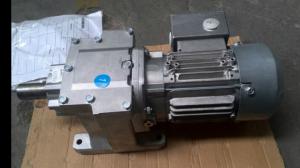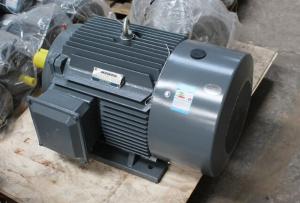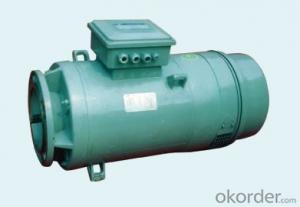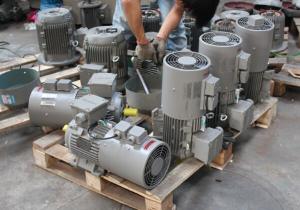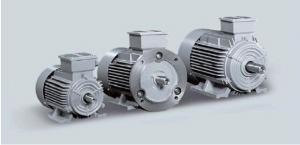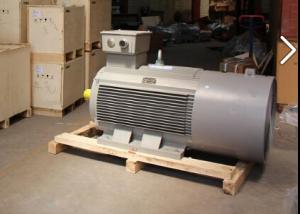Cummins Engine Diesel Generator with Light Tower Low-noise 25kva -2000kva
- Loading Port:
- Shanghai
- Payment Terms:
- TT OR LC
- Min Order Qty:
- 1 set
- Supply Capability:
- 1000 set/month
OKorder Service Pledge
OKorder Financial Service
You Might Also Like
Cummins Engine Diesel Generator with Light Tower 50hz or 60hz low-noise 25-2000kva
Briefe performance of silent diesel generator set
1)High quality, steady and reliable performance
2)Blow 71dB at 7 meter
3) Perfect Maneuverability
4) Wide Application
Engine:
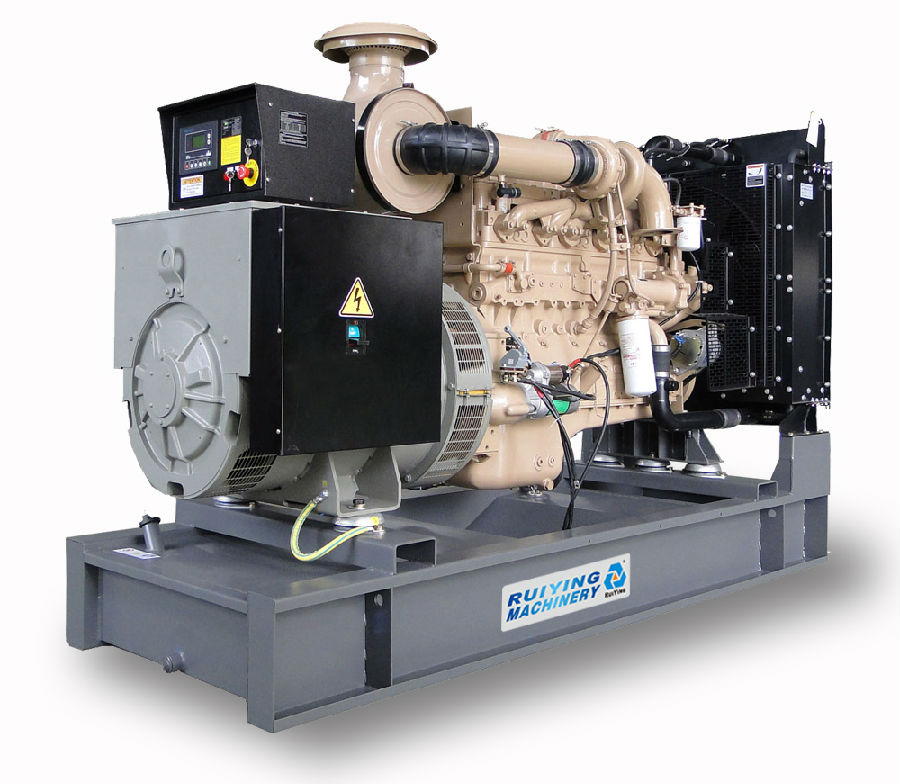
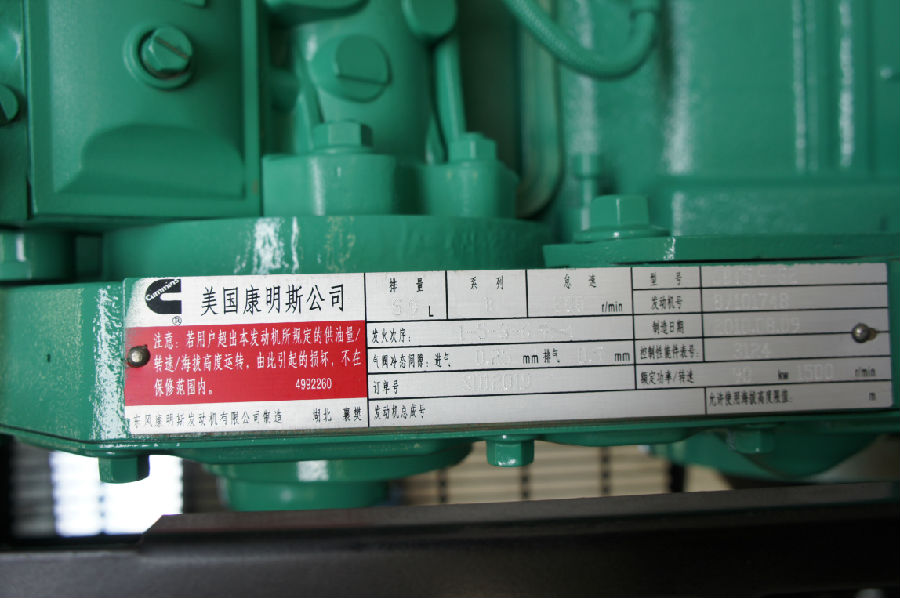
Manufacturer | CUMMINS | |
Model | 4B3.9-G2 | |
Cylinder and cycle type | 4 cylinders in line, 4 strokes | |
Aspiration and cooling | Turbocharged and after cooled | |
Displacement | 3.9 L | |
Bore×Stroke | 102×120 mm | |
Compression ratio | 16.5:1 | |
Rated speed | 1500 rpm | |
Governor | Electronic | |
Oil capacity | 10.9 L | |
Prime power | 24kW | |
Standby power | 26.4kW | |
Fuel consumption | 6.0L/H (100% Load) | 4.7L/H (75% Load) |
Coolant capacity | 7.2 L | |
Start system | DC 24V | |
Alternator Specifications:
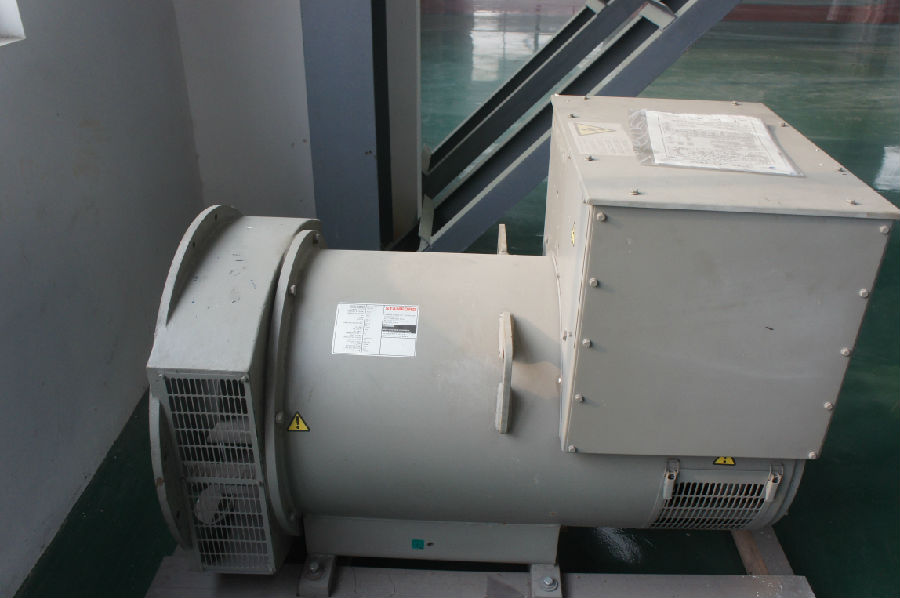
Manufacturer | STAMFORD |
Model | PI144E |
Type | Single bearing,4-pole,AC brushless and self-exciting |
Frequency | 50 Hz |
Power Factor | cosΦ=0.8 |
Phase | 3 |
Voltage | 400/230 V |
Capacity | 20kW/25kVA |
Insulation class | H |
Protection class | IP23 |
Elevation | ≤1000m |
Control system:
Optional: DSE or Smartgen
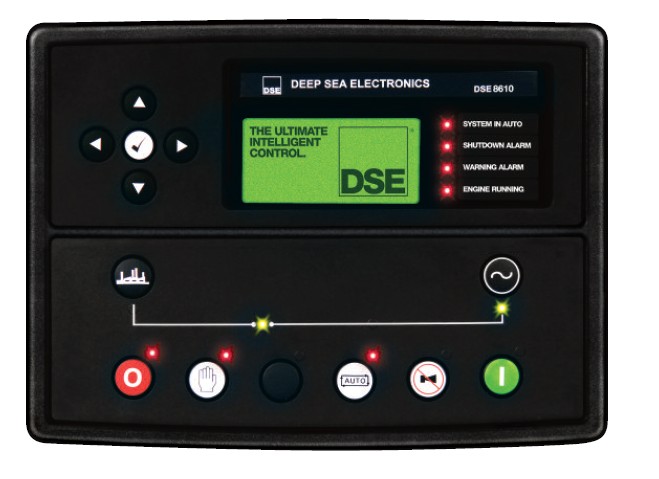
Manufacturer: SNARTGEN
MODEL: HGM6120KC
HGM6120KC Control System is mainly used in generating supervising and control of land type diesel generator set and the switching between diesel generator set and city electricity supply. It is combined with digitalization, intelligence and network and capable of generator start and stop, generator data supervising and testing, protection alarm, city electricity supply quality supervising and starting generator automatically when power failure happens or city electricity supply is beside the set point.
Light tower generator set :
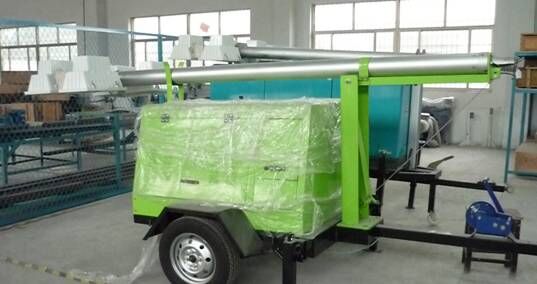
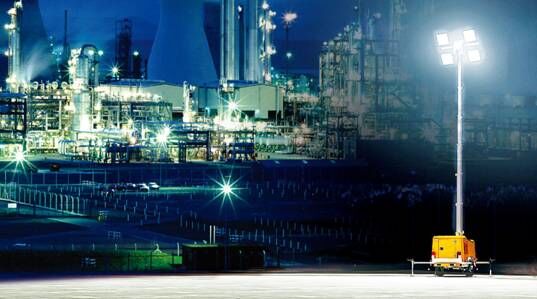
- Q: Is permanent magnet synchronous motor AC servo motor?
- NoPermanent magnet synchronous motor rotor is a permanent magnet, stator coil, often used as generator or collection of speed signals.AC servo motor is a kind of motor that can be accurately located.
- Q: In a motor, in the middle, coils are used and they are magnetized when AC current flows through them.I have found permanent magnets are being placed fixed with some distance around these coils for producing deflection and thus the motor runs in some motors.Does a 7.5 HP AC motor also has permanent magnets?
- without magnets, no motor. The electricity provides the electromagnetic force to turn it
- Q: In the old days they used a hewittic mercury-arc Rectifier, to convert electricity from ac to dc. I would love to know why they had to do this!
- As far as I know, trolley bus motors are AC motors. AC power is much easier to handle than DC, which is why all the world's power grids are AC. But if you're transmitting power through an underwater cable, like we do through the Cook Strait cable here in NZ, you have to convert it to DC and back to AC at the other end. Two reasons. The cable behaves like a capacitor, with the conductor as one plate and the sea water as the other, and the insulation as a dielectric. AC power would leak away. Also the radiated power would interfere with navigation equipment on ships.
- Q: is it jus possible by altering d electrical connections
- Maybe. It depends on the rotor. If the rotor is made of permenant magnets, simply rotating it will turn the motor into a dynamo and create electrical energy. However, many motors rely on electricity to create magnetic fields around the rotor, so there is going to have to be some feedback from the output back into the rotor circuit to generate the fields. However, this energy is going to be responcible for creating the output in the first place. Therefore, this would be an impossible design, since it would be essentially a perpetual motion machine. The electricity supplying the rotor coils would have to be input from an independant circuit. Perhaps linking a magnet driven electric motor to the rotor of the coil driven motor would work, but it would be highly inefficient unless the system was balanced precisely in terms of the energy flowing between the coil and the magnet based dynamo. Another approach might be to use solar cells to drive the rotor coils. I don't have any idea of how efficient this might be, but I suspect it is going to take fairly large sized cells to drive the rotor windings. Of course one last thing to concider is the fact dynamos and solar cells generate direct current. Most coil driven rotors operate off alternating current. The DC current would have to be transformed into AC current at 60 cycles per second at a voltage sufficient to drive the coils. DC to AC circuits are easy to build and if one can manage to generate 60 cycles per second, the construction of the coils on the rotor will take care of the rest. 60 CPS (cycles/second) is a universal design in power grids, and electric motors are designed around this standard.
- Q: How can we test servo motor ? Is the testing of a servo motor is different from other types of AC DC motors ?thanks
- Any motor with a positioning system is a servo motor. Having said that there are motors specially designed with high torque to function as servos, for which different testing procedures must be applied. DC motors are best to work as servos. .
- Q: Does a 1 HP motor draw more wattage than an AC one at the same EMF?
- 1 HP is 746 watts. It doesn't matter if it is a 120vac motor or a 240vac motor. A 120vac motor will draw 2x the current than a 240vac motor to develop the same HP. A 1 HP, 120v DC motor still draws 746 watts. But a DC motor can't run on AC power, nor can and AC motor run on DC power without some sort of inverter or converter. The matter of efficiency is something else. Some of that power used to develop 1 HP is lost to friction or heat.
- Q: what are the important uses of dc generator and dc motor?
- It depends on the fan which you are going to put for your wind generator. If its able to produce more torque then you can go for the low rpm.Normally low rpm in DC motor means they have reduced the rpm by a gear box. I am not sure about the capacity of wind generator you preferring.
- Q: How would you measure the resistance of a 2-pole, 3-phase AC induction motor?Where would you put the meter leads for accurate measurement. Also, does the power need to be on or off. It's for a dishwater.The one we are using is a 2-pole, 3-phase, AC induction motor rated: 1/4 HP, 3600 RPM at 60Hz.Much detail as possible.
- Dear, Thanks, am also fine like you,for remind always during measuring resistance do not switch on the system, by use megger please check the resistance between one terminal @ body another be each one end of 3phase input to motor.Ensure it must be open now the winding resistance between any 2 of 3phase input to motor.it should offer some resistance in ohms.
- Q: what are some things that use ac instead of dc electricity. Why do some things need ac and some need dc? Also, how are the currents changed to form ac or dc?thank you
- That my friend is a big *** question. (I'll keep it simple) AC =Alternating Current so voltage goes 0v 110v 0v -110v around 60 times a second. DC=Direct Current so voltage goes 12v............ forever (or till your battery goes flat) First AC is far easier to generate, Even cars generate AC and convert it to DC. Cars use DC because you can store it in a battery, which in turn means you can use it to start your car. The sockets in your wall are AC most appliances that plug into the wall use AC, computers and electronics generally convert AC to DC because that's what electronic components need to work. Transformers need AC to work, (I wont go into why), and the transmission networks use very high voltages, like 110,000 volts, then convert it with transformers for use by the consumer AC motors are also far more simple and easier to produce. So most fridges, washers, dishwashers use AC for their motors. they may also convert some electricity to DC for the electronics. AC is converted to DC with a bridge rectifier, which is made up of diodes, which are essentially a one way valve for electricity. DC is generally used for low voltages and AC for higher because AC is easier to switch off than DC. When you switch something off it makes arcs (electrical spark), once an arc has started it is hard to stop, for example an arc might be capable of starting at 1mm but wont stop till the gap is 3mm. So with that, if a switch opens to 2mm a DC arc wont stop, but because AC passes through 0v 120 times a second the arc stops and cant start again. I'll leave it at. There is loads more to it, and some of what I have written is very simplified. If you're truly interested perhaps you should consider becoming an electrician
- Q: AC operation of AC motor control circuit must be used?
- Yes, commutator is requiredThe commutator is a component of a DC permanent magnet series motor that allows the motor to continue to rotate.Structurally, the commutator is a plurality of contact pieces which are round in shape and are connected with each tap of the rotor respectively, and two electrodes are connected outside to be called an electric brush to contact with them, and only two of them are contacted at the same time.
Send your message to us
Cummins Engine Diesel Generator with Light Tower Low-noise 25kva -2000kva
- Loading Port:
- Shanghai
- Payment Terms:
- TT OR LC
- Min Order Qty:
- 1 set
- Supply Capability:
- 1000 set/month
OKorder Service Pledge
OKorder Financial Service
Similar products
Hot products
Hot Searches
Related keywords
